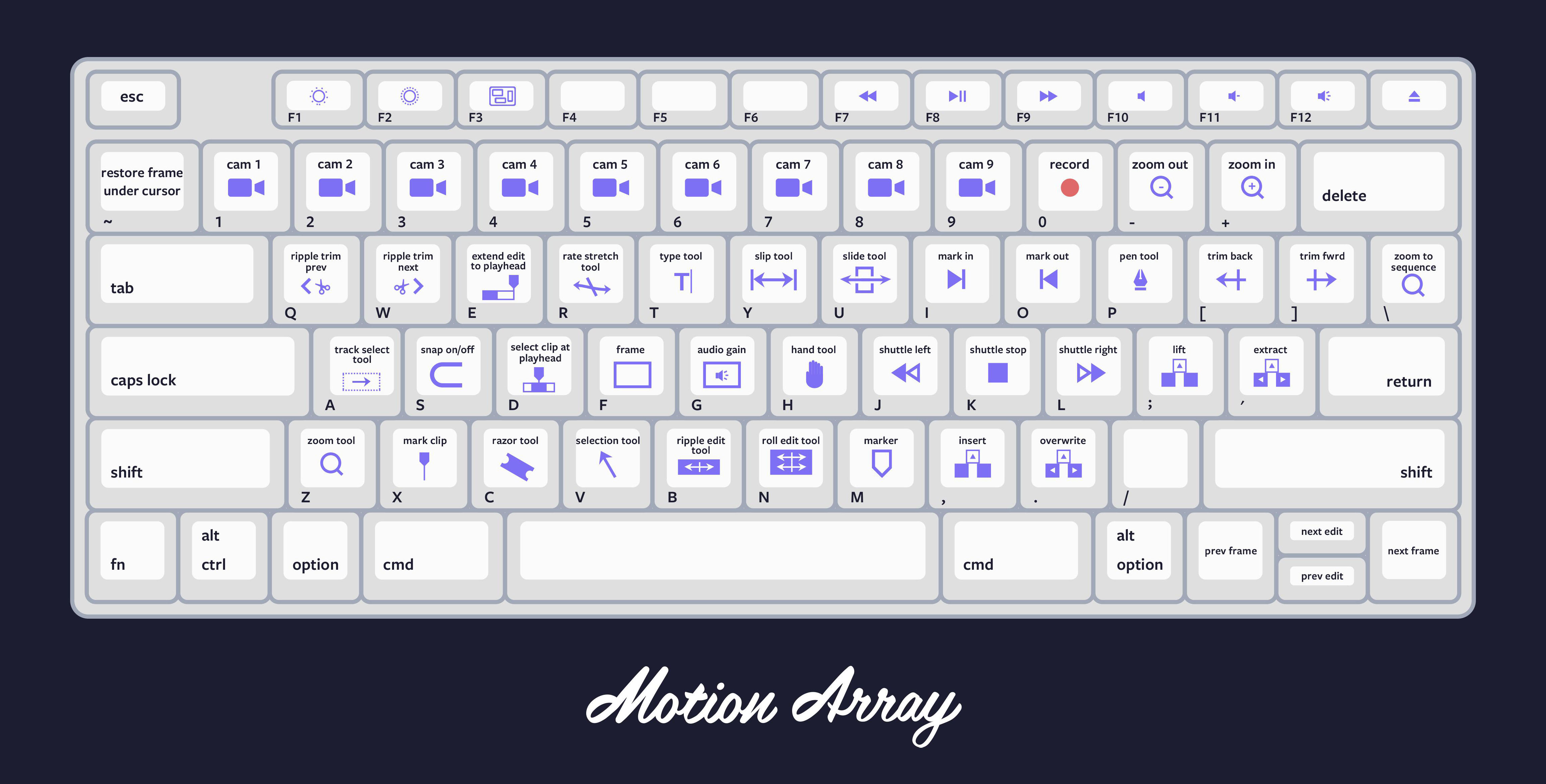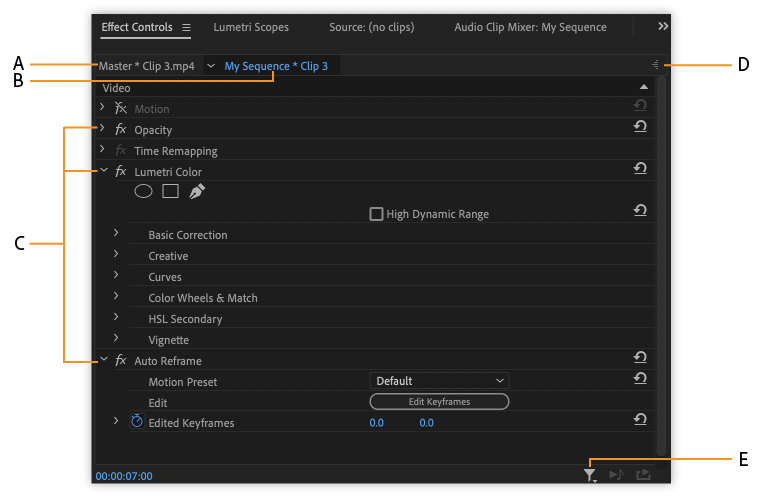How does your film intro (product) use or challenge conventions (standards) and how does it represent social groups or issues?
The opening scenes of "The Pacifist” right away overturn typical scary motion picture conventions by disclosing the character that is the villain as the lead character. This vibrant choice tests the target market's assumptions coupled with establishing the tone for a movie that intends to explore its main personality's mind as opposed to merely depending on dive terrifies and gore.
Additionally, the representation of the awesome as a person having a tough time with mental disease tests societal understandings bordering psychological wellness. Rather than showing mental disease as something related to physical violence plus villainy, the movie humanizes the lead character, highlighting the intricacies and battles encountered by people coping with mental wellness concerns. This depiction promotes compassion and understanding amongst visitors, motivating them to translucent fashions and preconceptions related to mental disorder.
Also, the film’s representation of criminal activity as sickening coupled with disturbing additional enhances its expedition of public concerns. By offering criminal activity in an unfavorable light along with highlighting its violence, the movie faces the target market with the severe facts of physical violence as well as its effect on both sufferers as well as perpetrators. This representation functions as a review of public sensibilization to physical violence along with obstacles consumers may face.
To conclude, the opening scenes of "The Pacifist" usage non-traditional narration strategies and nuanced personality tests standard scary movie conventions and highlights essential social problems such as psychological health and wellness plus criminal activity.



